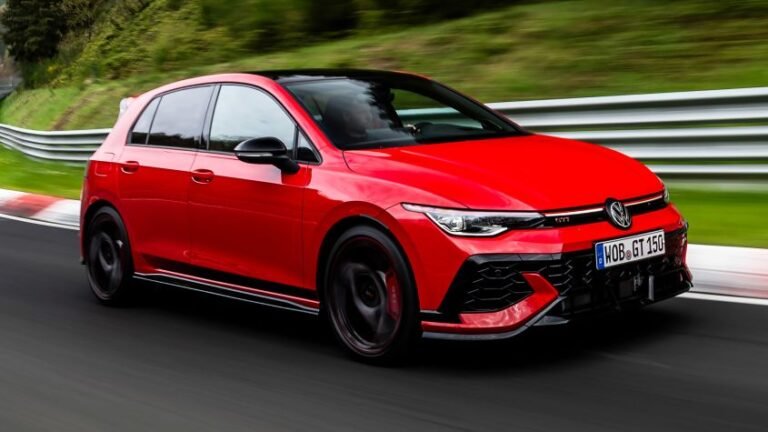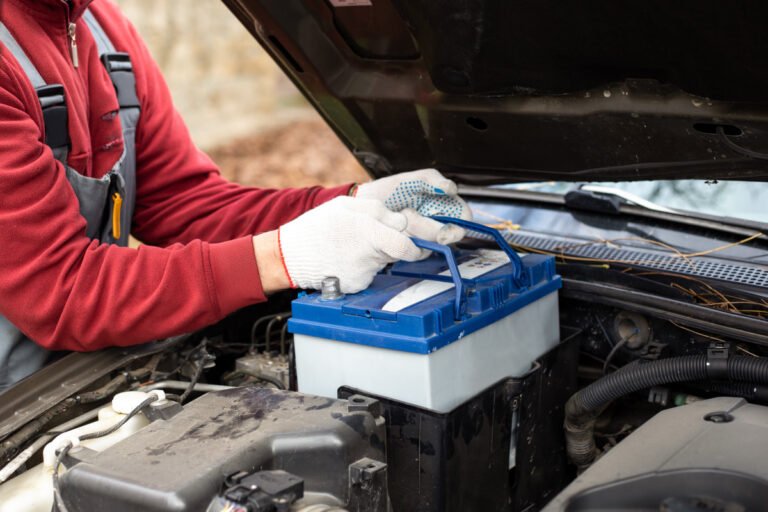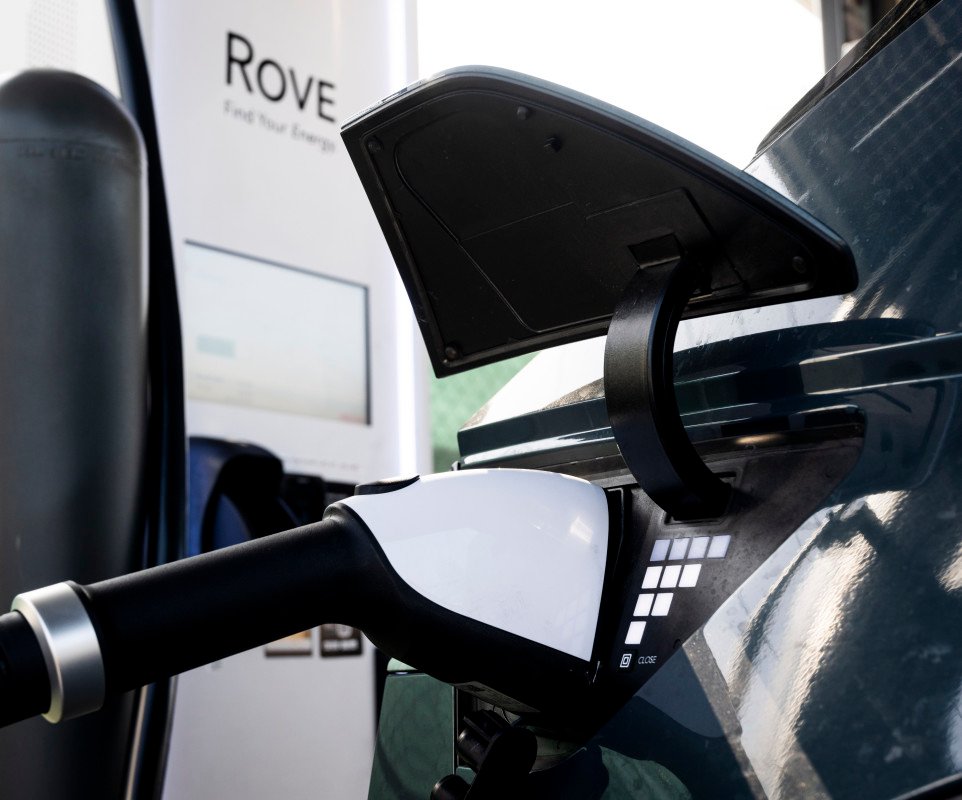
The tides are changing
A few years back, several automakers were headstrong about maintaining strict internal combustion engine (ICE) phaseout targets before switching to exclusively electric lineups. Electric vehicle (EV) switchover government mandates in China, Europe, and parts of the U.S. were the primary catalyst behind this movement, but the landscape is shifting.
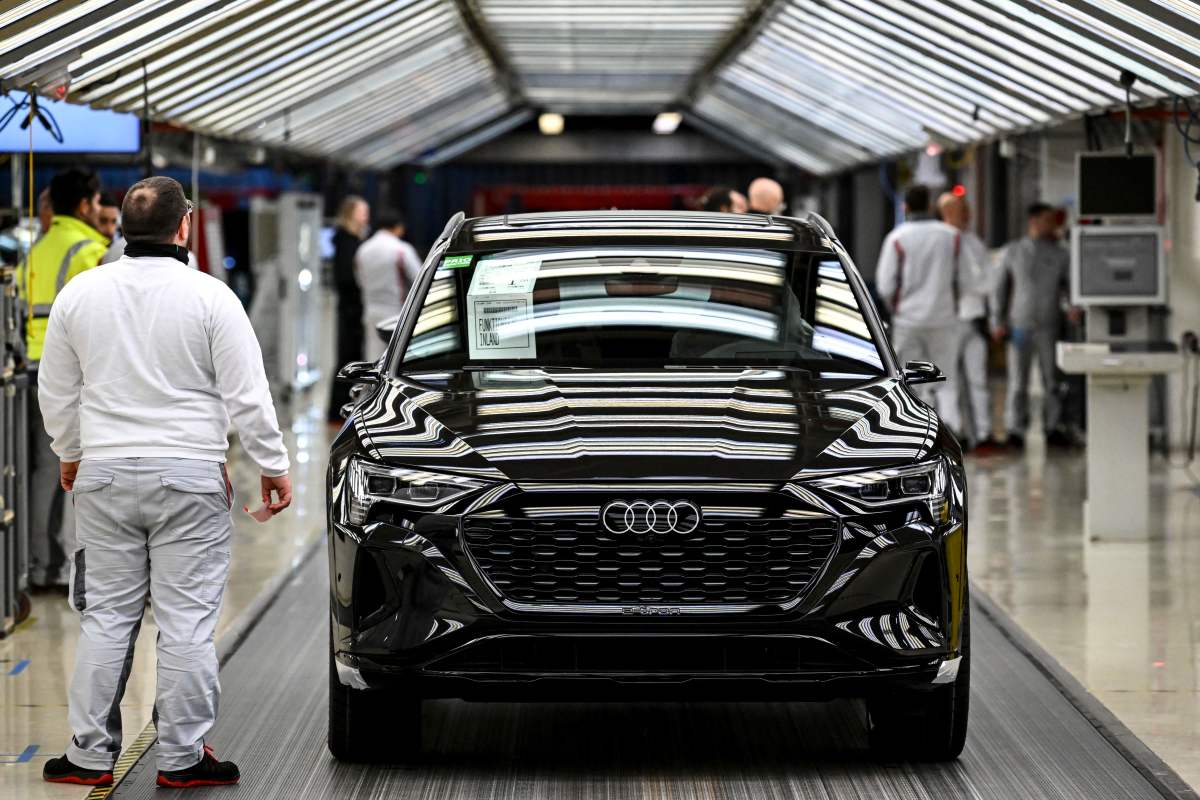
Congress recently voted to repeal California’s waiver allowing it to set more stringent emissions rules, ultimately upending the state’s ability to ban the sale of new gas-powered cars by 2035, and federal EV subsidies are increasingly in question. Additionally, EV adoption is increasing globally, but hasn’t grown as quickly in major markets like the U.S. and Europe. As a result, several automakers have recently slowed their EV investment pace. Learn more about which manufacturers are shifting their EV strategy, how their plans are changing, some of their new timelines, and more below.
Audi
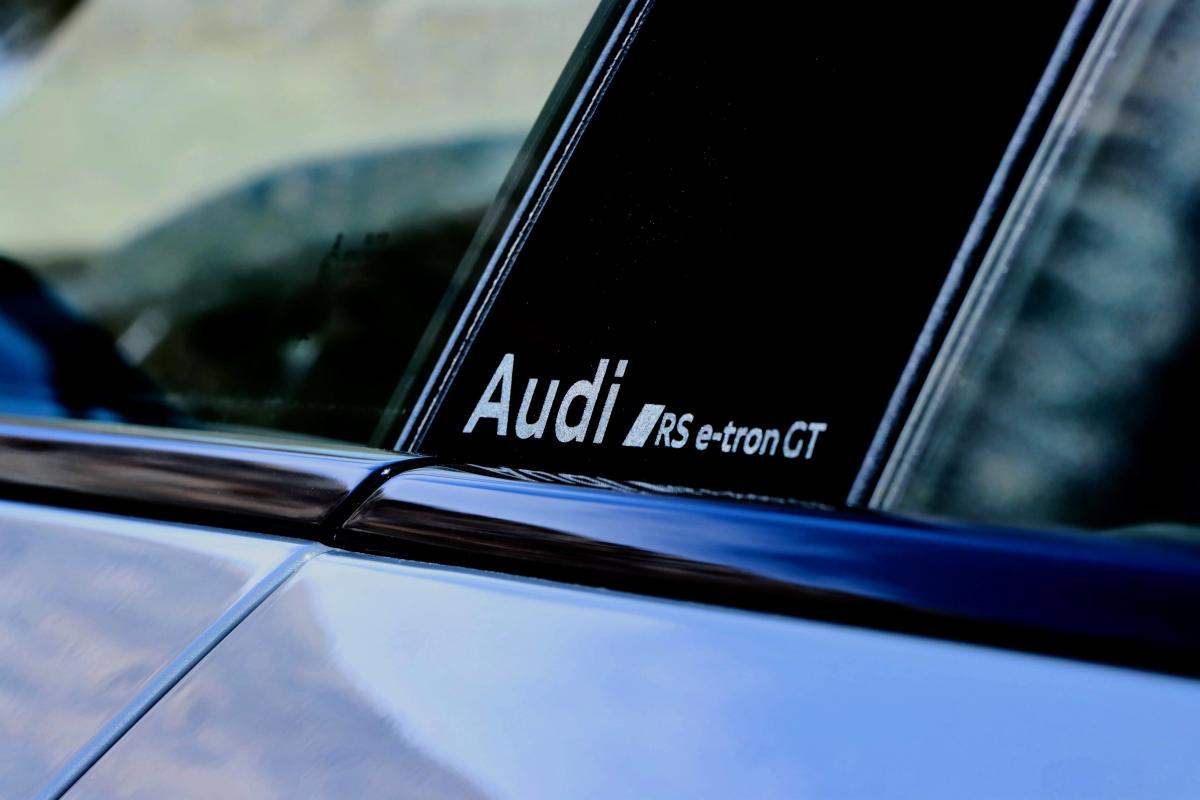
Kyle Edward
Audi is one of the most recent automakers to announce changes to its EV plans. Last week, Audi announced it’s removing its all-EV 2033 deadline to invest more into hybrid tech. Audi fans can expect the manufacturer to roll out a new lineup of gas-powered vehicles, including hybrids, by next year. The company’s CEO, Gernot Döllner, predicts Audi will continue making ICE vehicles past 2033. However, Europe is maintaining its 2035 ban on new gas-powered car sales, increasing the likelihood of Audi implementing more significant lineup changes just before that deadline.
Mercedes-Benz

Mercedes-Benz
In February, Mercedes-Benz delayed its EV sales expectations. Initially, the company forecast that electrified sales, including hybrids, would account for up to 50% of its total by 2025. Now, Mercedes-Benz expects to hit that 50% target by 2030. The automaker’s CEO, Ola Kaellenius, said: “It is almost like we will have a new [ICE] lineup in 2027 that will take us well into the 2030s,” Reuters reports.
Aston Martin
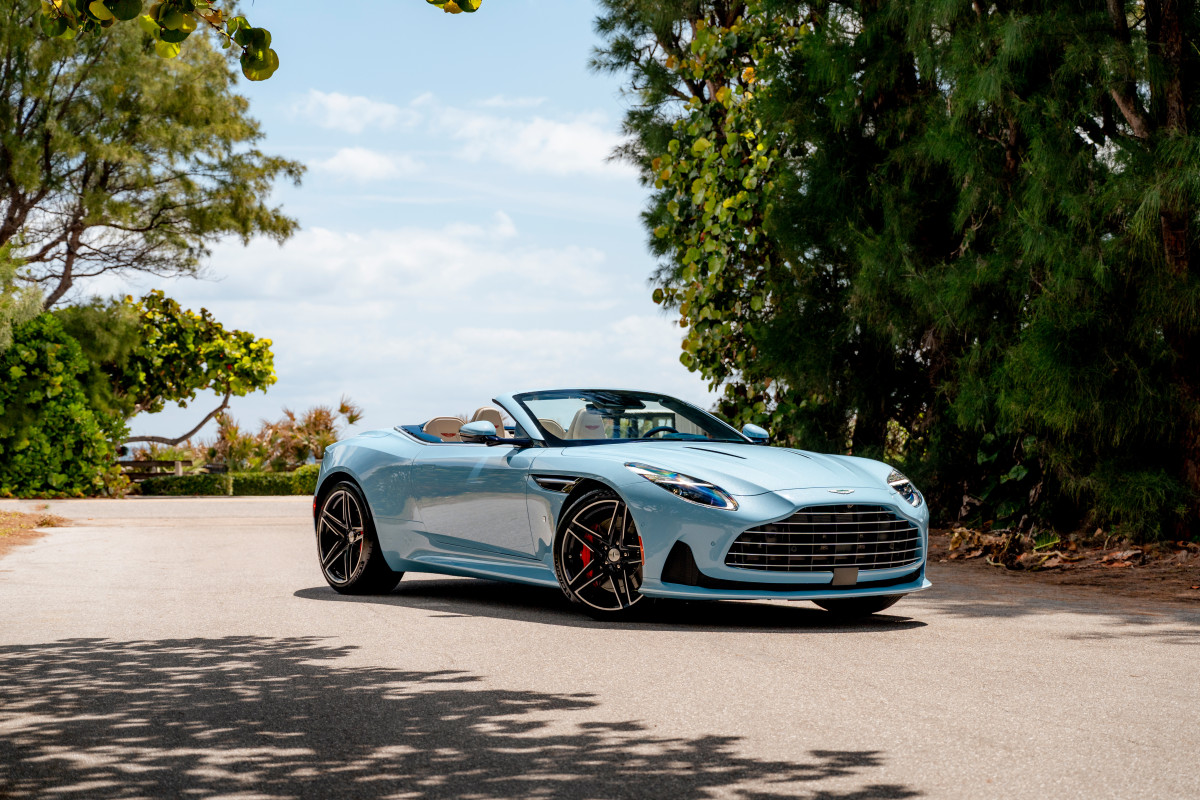
Aston Martin
Aston Martin had planned to launch its first EV in 2025 but pushed the target to 2026 in February 2024. However, in April 2024, Aston Martin’s executive chair, Lawrence Stroll, said: “We are going to invest much more heavily in our PHEV program to be a bridge between full combustion and full electric,” according to InsideEVs. Stroll added that the brand’s first EV would be pushed back another year to 2027 at the earliest.
General Motors
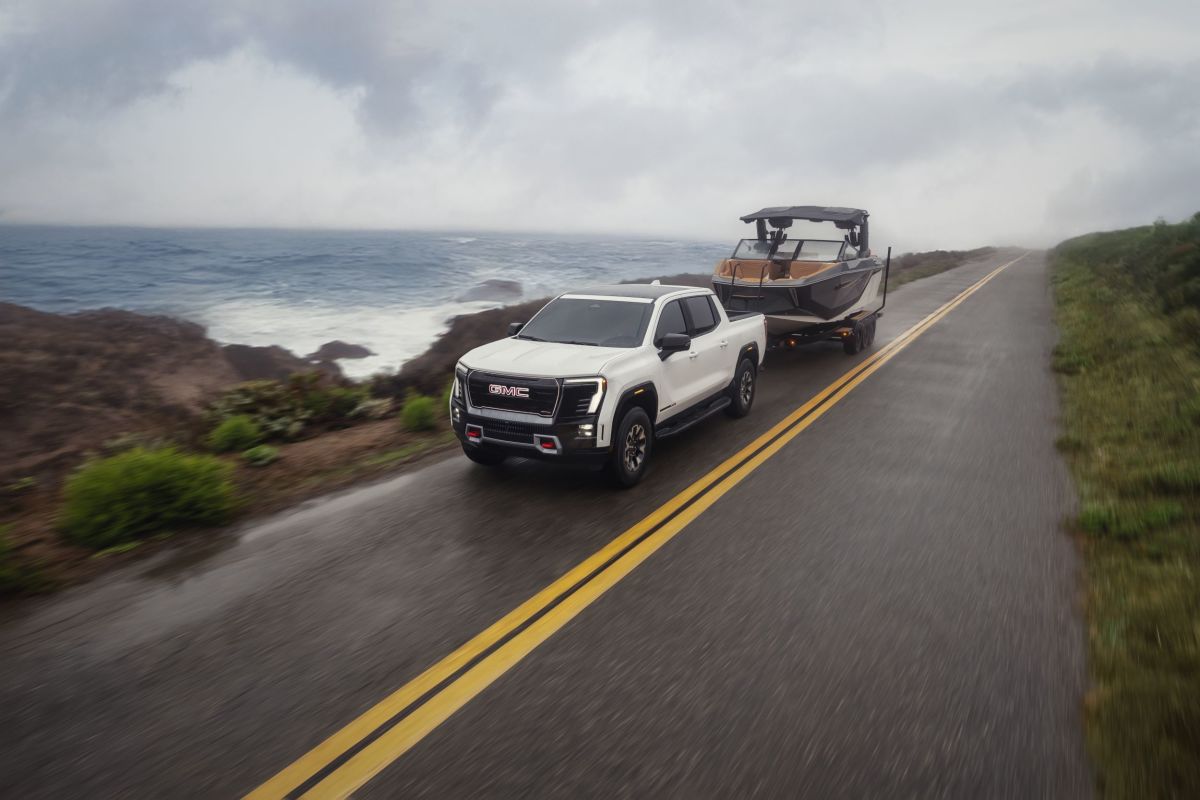
GMC
While General Motors maintains its goal of switching to an exclusively electric lineup by 2035, the company’s CEO, Mary Barra, said the automaker will be “guided by the consumer.” General Motors nearly doubled its EV sales year over year during Q1 2025 to surpass Ford as the fastest-growing domestic electric brand. Still, the Detroit Free Press reports that General Motors’ Orion assembly plant in Lake Orion, Michigan, may no longer exclusively produce fully electric vehicles after its $4 billion retooling and expansion. General Motors initially planned to assemble the Silverado EV and GMC Sierra EV later this year, showing how market success isn’t stopping manufacturers from overinvesting in the segment.
Ford
Ford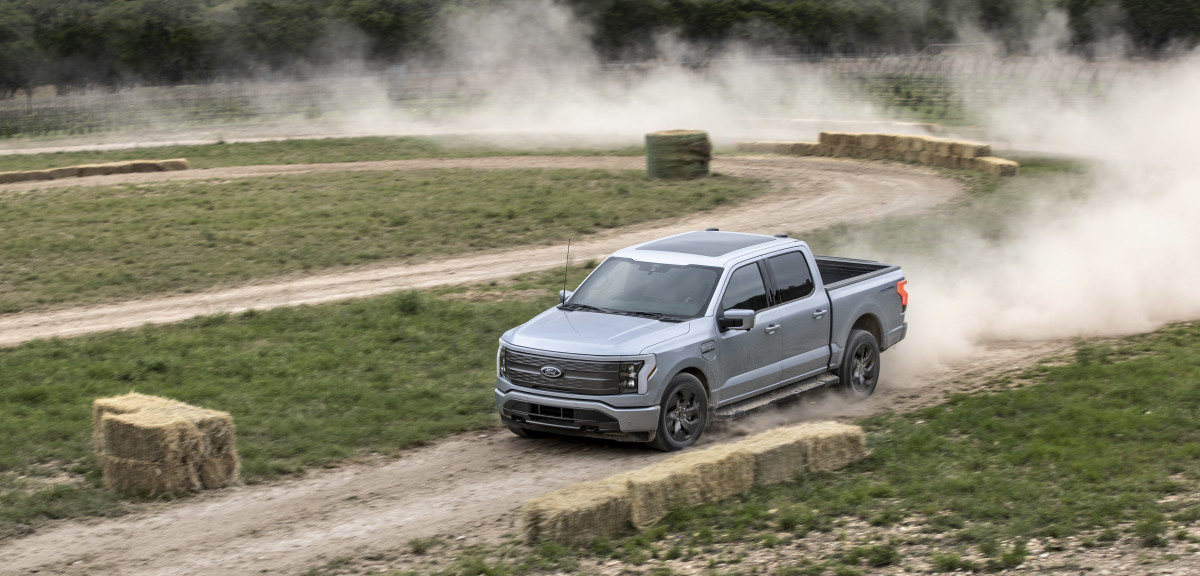
Last year, Ford announced a recalibration of its EV strategy that could cost the company $1.9 billion in expenses and write-downs. The shift primarily consisted of canceling plans for an all-electric three-row SUV that had already been delayed. Ford added that it would postpone its next-generation electric pickup and reduce EV-related capital expenditures to 30% of its annual budget. Now, Ford is working to match the cost structure of leading Chinese competitors by developing an affordable EV platform.
Cadillac
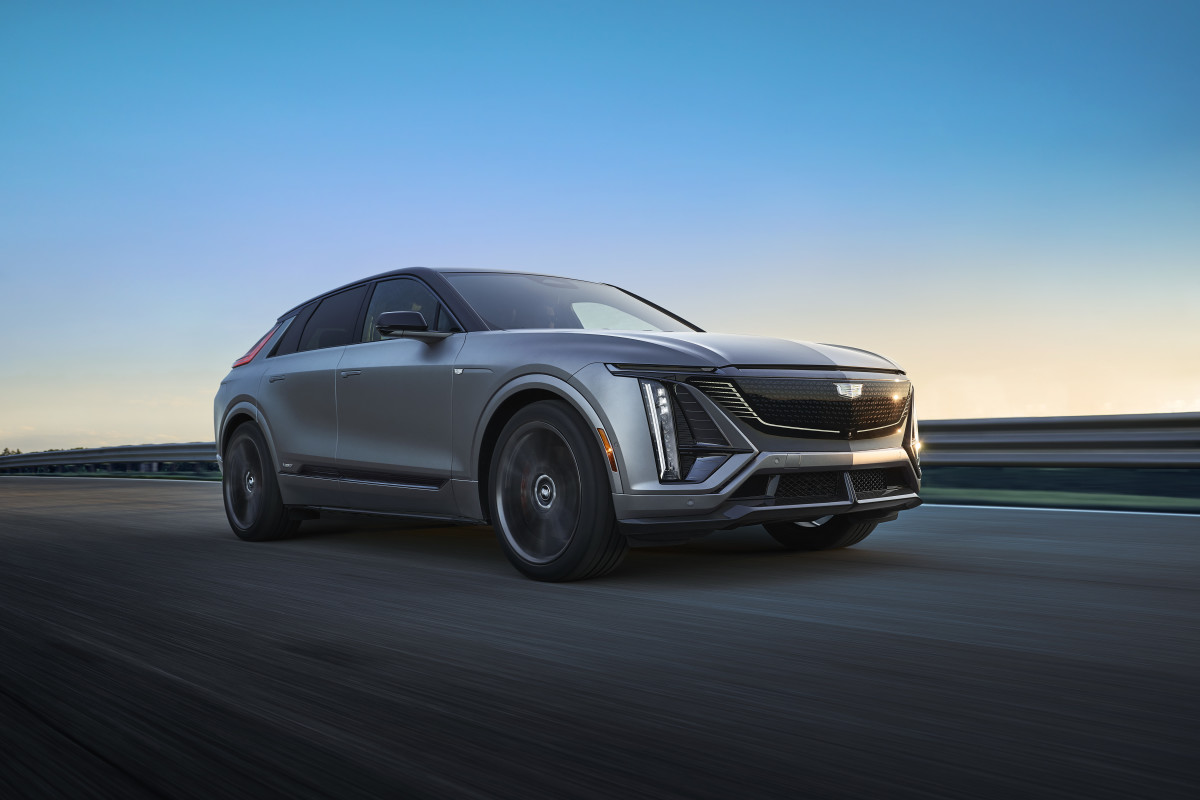
Cadillac
In 2019, ex-Cadillac president Steve Carlisle said: “The majority, if not all, Cadillacs will be electric by 2030,” according to Edmunds. Two years later, then-global Vice President of Cadillac, Rory Harvey, added: “We will be leaving this decade as an EV brand, as things stand today, which means that we will not be selling ICE vehicles by 2030.” In 2024, Cadillac spokesperson Mike Albano changed the company’s tune, describing its previously stated EV switchover goals as a “Mission statement, if you will. The fact that we refreshed our ICE portfolio should tell you that we knew the transition was going to be slow, and the transition will be led by the customer.”
Mazda
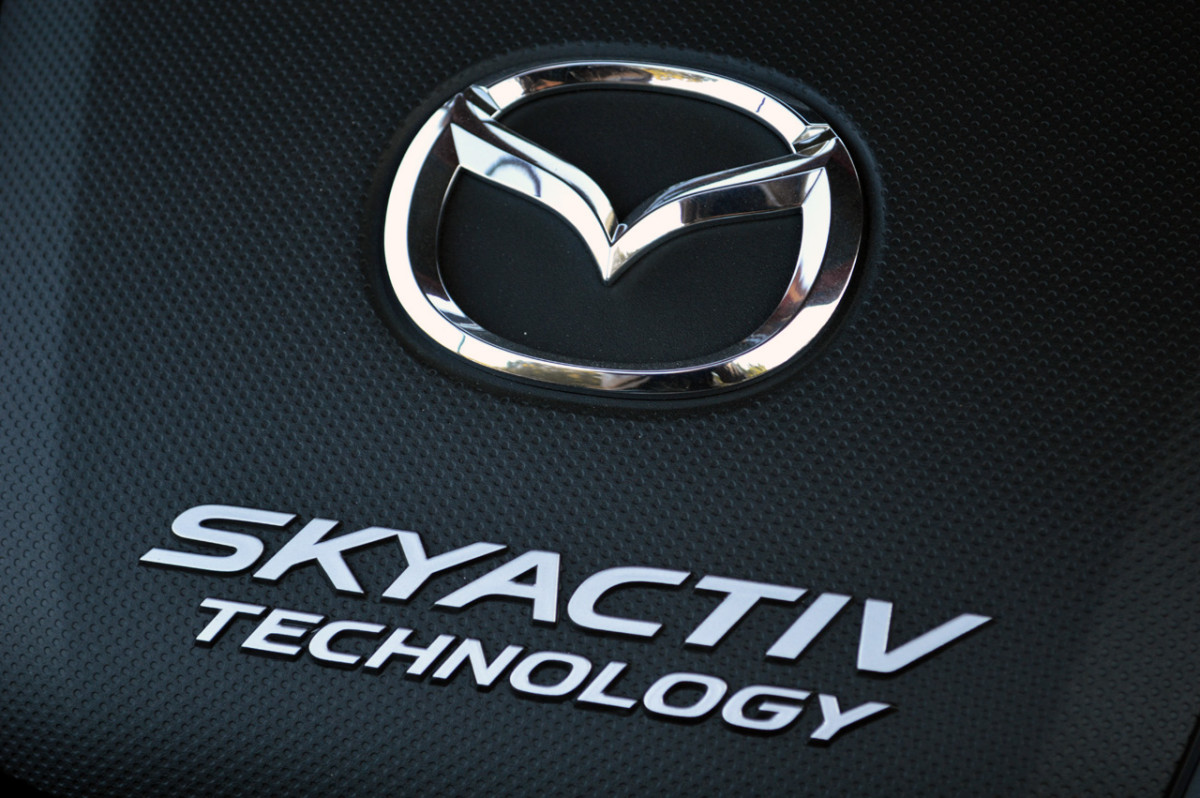
Mazda
Mazda is currently establishing a portfolio balancing internal combustion engine (ICE), hybrid, and all-electric models, adapting to market demand. The automaker’s current SKYACTIV-Z initiative aims to create a gas-powered engine that can combust with leaner fuel mixtures, resulting in better fuel economy, lower emissions, heightened performance, greater reliability, and simplified maintenance. SKYACTIV-Z tech also converts heat normally escaping from an engine into power for improved thermal engine efficiency. Mazda’s SKYACTIV-Z is scheduled to debut in the CX-5’s next generation in 2027.
Final thoughts
Automakers like Volvo and Volkswagen are also adjusting their approach to EV adoption, reflecting how the rigid mentality of previous EV switchover plans is more reminiscent of the early 2020s and less realistic, given that market conditions vary with factors such as demand. While 2035 remains a significant date in the eyes of many automakers for ramping up EV offerings, especially in markets like Europe, drivers can expect expanded ICE and hybrid options in the meantime from many of their favorite manufacturers.


